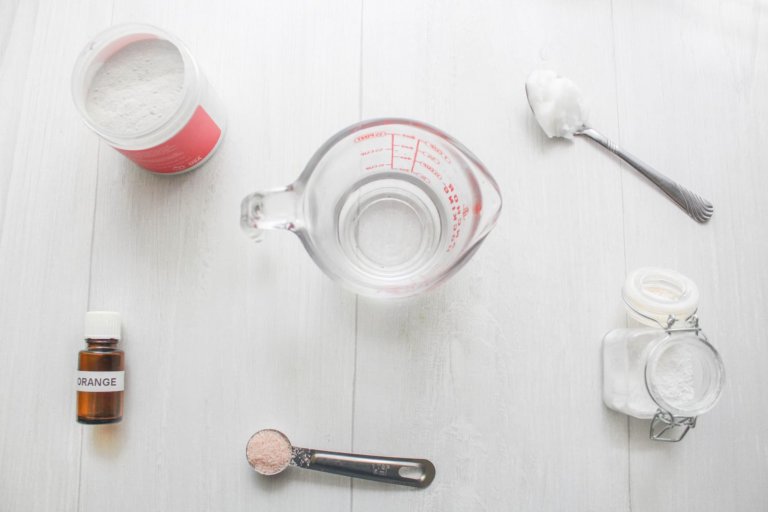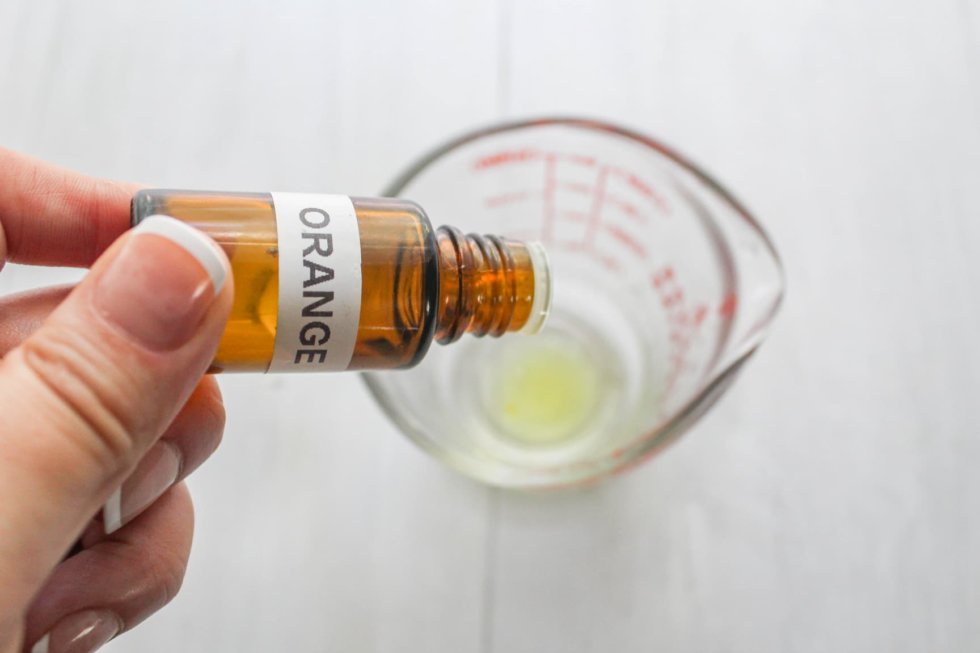Achieving Financial Wellness involves making thoughtful choices about your money, ensuring it supports your long-term goals and aspirations. It’s about building a strong financial foundation that prepares you for life’s uncertainties.
In this guide, we’ll explore practical steps—from effective budgeting to planning for unexpected expenses like moves—whether you’re just beginning your financial journey or looking to refine your habits. Our goal is to equip you with the tools to take control of your financial future.
What is Financial Wellness?
Financial wellness is essentially about cultivating a healthy relationship with your money. It’s the confidence and security that comes from effectively managing, saving, and investing your finances. At its core, financial wellness involves having a balanced budget, an emergency fund, and a plan for the future.
It’s not about having unlimited wealth, but rather knowing how to make the most of what you have. This mindset extends to both your everyday life and major milestones, from handling daily expenses to making big decisions like purchasing a home or planning for retirement. Financial wellness is a key factor in securing a stable, stress-free future.
Practicing Financial Wellness in Your Daily Life
Maintaining financial wellness is no easy feat, though. It requires a holistic approach that builds a solid foundation, prepares for unexpected emergencies, and integrates smart financial habits into your everyday life.
Creating a Realistic Budget
At the heart of financial wellness is creating a realistic budget, as everything else builds from there. How you approach budgeting is personal, but it generally begins with tracking your income and expenses. This allows you to see exactly where your money is going and identify areas where adjustments can be made.

Next, it’s crucial to distinguish between your true needs and your wants. Needs include essentials like housing, food, and bills—things that are necessary for daily life. Wants, on the other hand, are non-essential but can enhance your quality of life. By recognizing this difference, you can prioritize your spending and allocate funds where they matter most.
Now, let’s focus on goals—your financial destination. Setting realistic goals is key to guiding your budgeting efforts. Whether you’re saving for a dream vacation, a home, or preparing for unexpected expenses like a move, having clear goals adds purpose to your budget. Remember, it’s not about limiting yourself, but rather making intentional choices that reflect what truly matters to you.
Budgeting for Unexpected Costs
Second, practicing financial wellness heavily relies on budgeting for unexpected costs. Life has a way of surprising us, and being prepared can make all the difference. Creating a contingency fund is essential for handling these surprises. This fund serves as a safety net, offering financial cushioning when you need it most.
How you manage these unexpected costs is equally important. For example, consider an unforeseen relocation—whether for work, family, or retirement. There are several ways to make your move more affordable and prevent it from derailing your budget. You can explore budget-friendly moving options, like renting a truck or opting for a DIY move. Decluttering and selling unused items can also help offset some of the expenses. Additionally, adjusting your budget to accommodate relocation costs is key—cutting back on other areas ensures that you can cover the move without compromising your financial stability.
Ultimately, being prepared for the unexpected is a cornerstone of financial wellness. It brings peace of mind and allows you to maintain control over your financial future.

Building an Emergency Fund
Building an emergency fund is crucial to practicing financial wellness. Think of it as a financial safety net, ready to catch you when unexpected expenses arise. It’s one of the most vital pillars of financial wellness and can be essential in avoiding a debt trap during tough times.
To start and maintain an emergency fund, set achievable saving goals. Begin by setting aside a small portion of your income each month, gradually increasing it as your finances allow. Over time, consider opening a separate savings account dedicated solely to your emergency fund. This can help prevent you from dipping into it for non-urgent expenses.
Consistency is key to growing your fund. Look for opportunities to boost your contributions, such as setting aside windfalls or bonuses. You can also explore ways to increase your income, like taking on a side gig. Every little bit counts when it comes to building a robust financial safety net.
Managing Debt Responsibly
Fourth, debt is often an inevitable part of life and, in many cases, a necessary step toward achieving your financial goals. However, managing debt responsibly is essential to maintaining financial wellness.
The first step is understanding the types of debt you have. There’s “good debt,” such as a mortgage or student loans, which can be seen as investments in your future. On the other hand, there’s “bad debt,” like high-interest credit card balances, which can quickly accumulate and hinder your progress.
For both types of debt, creating a solid repayment plan is key. Start by listing all your debts, noting their interest rates and minimum payments. Prioritize paying off high-interest debts first while still meeting the minimum payments on others. You may also consider methods like the debt snowball strategy, which involves paying off smaller debts first to gain momentum. Additionally, explore options like debt consolidation to simplify payments and possibly reduce interest rates, making it easier to stay on track.

Of course, avoiding excessive debt is always a smart move. Practicing mindful spending can go a long way in achieving this. Start by differentiating between needs and wants, and resist the temptation of impulsive purchases. Set a budget that includes a dedicated portion of your income for debt repayment. Additionally, as mentioned earlier, building an emergency fund is essential. Having this safety net in place helps cushion unexpected expenses, reducing the need to rely on credit and preventing further debt accumulation.
Investing in Your Future
Finally, investing in your future is a crucial step in achieving and maintaining financial wellness. When you invest, you give your money the opportunity to grow over time, helping you build wealth and secure your financial future.
There are many investment options to consider, each with its own characteristics. Stocks offer the potential for high returns but come with higher risk. Bonds provide more stability and regular interest payments. Real estate can deliver both appreciation in value and rental income.
Choosing the right investment strategy depends on your goals, risk tolerance, and time horizon. If you’re comfortable with some risk and have a longer-term perspective, you might opt for a more aggressive approach. On the other hand, if stability is a priority, a conservative strategy may be better. Diversification—spreading your investments across different asset classes—can also help manage risk.
Remember, investing is a long-term commitment that requires patience and consistency. By understanding your options and aligning them with your financial goals, you can lay the groundwork for a more prosperous future.

CONCLUSION
In conclusion, practicing financial wellness isn’t about achieving perfection, but making progress. It’s a journey that puts you in control of your financial future. By creating a realistic budget, building an emergency fund, managing debt responsibly, and investing in your future, you’re establishing the foundation for a more secure tomorrow. Anticipating life changes, such as relocations, and budgeting for unexpected costs are also vital aspects of this process.
Take these steps one at a time, celebrate your successes, and learn from any challenges you face. Financial wellness is an ongoing journey, and every small step you take brings you closer to a brighter financial future. Keep moving forward, and watch your financial wellness thrive.










